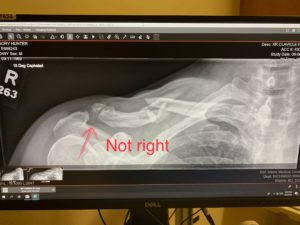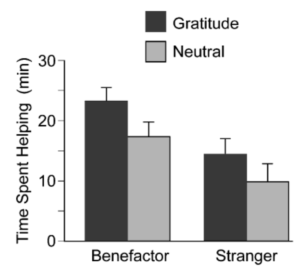Your Idea Wants to Live
“There’s a rule they don’t teach you at Harvard Business School: if anything is worth doing, it’s worth doing to excess.”
– Edwin Land
Steve Jobs and Steve Wozniak famously started Apple Computer on April 1, 1976. It’s hard to imagine, but Jobs had his own innovation hero. If Jobs was the wiz kid of the 1970s and 1980s, that was Edwin Land of the 1930s and 1940s. At 17, Land enrolled at Harvard but quickly became bored after discovering it was populated with wealthy kids without ambition.
Edwin Land had no patience for idleness. His mind was racing constantly. One of his early employees said of Lamb, that he could “see into my head. It was really a kind of interesting sensation of having your head briefly searched for content.”
Since he was a child at summer camp, he was fascinated with optics and light. He slept with a copy of Physical Optics under his pillow, and spent his teenage years fixated on creating a man-made polarizer. A polarizing lens today reduces glare and significantly increases your ability to see in bright conditions – on water, on snow, or even blinding oncoming headlights. Polarizing filters help pilots see in the clouds, anglers see fish in the water, and photographers capture beautiful color in stark light.
But in the the 1920s polarizing filters only existed in nature, discovered by accident when holding tourmaline crystals up to the sunlight and watching the filtered light shine through. Edwin Land believed he could create such a filter in a laboratory.
He persisted and eventually synthesized his own polarizer by embedding millions of fragile tiny crystals within lacquer (the shiny gooey stuff you spread on guitars that makes them shine) and then aligning all of the crystals in the same direction using magnets. Voilà! Polarized light streamed forth. He was 19 years old and described the moment as “the most exciting single event in my life.”
That was in 1928. Fifteen years later, in 1943, he would have his famous epiphany while taking a family photograph at the Grand Canyon with his family. It was in that moment, after taking a family photograph, that his daughter asked, “Can I see the photo now?”
The question stopped him. He mused, “What if we could build a darkroom inside a camera?” That question led him to conceptualize the Polaroid camera, which was released only four years later in 1947.
“The problem is not the problem. The problem is your attitude about the problem. Do you understand?”
– Jack Sparrow
Often we are halted by our doubts, hesitations or comparisons to others. But remember, your competition is not your competition. Your competition is yourself, your ego, your procrastination, your lack of discipline, your indecision, your eating choices, your lack of follow through, or that person in your life who is living rent free in your head.
Dispel your fears. Your idea is yearning for life. Stay in motion.
- ____________________________________________________

In other news, our son and I bicycled across America with two other dads and their teenagers. We published a new book about it called Chasing Dawn. I co-authored the book with my cycling companion, the artist, photographer, and wonderful human jon holloway. Buy a copy. I’ll sign it and send it to your doorstep.


 Our company
Our company 